Spicy scallions and perfectly stir-fried beef, coated in a savory sauce, are what set this dish apart from your average takeout. Once you try making it at home, you’ll realize it’s even better than your favorite Chinese takeout.
Scallion beef stir-fry, known as cong bao ngau in Cantonese and cong bao niu in Mandarin, has always been a personal favorite of mine. Unfortunately, I find that many recipes and restaurants don’t quite nail the essence of the dish. A key element to getting it right is the “wok hay”—that smoky, charred flavor you can only achieve with a hot, well-seasoned carbon steel wok.
Even some Chinatown restaurants fall short, often delivering soggy, oily versions where it feels like the chef was just rushing through the motions.
The magic lies in the “bao,” which means burst or explode. You want those scallions to “crack” under scorching heat, filling the dish with flavor. This isn’t a saucy dish either. It’s meant to be relatively dry, with no excess liquid pooling on the plate. Dredging the beef in cornstarch and frying it until seared and slightly crispy gives the dish the perfect texture and flavor burst.
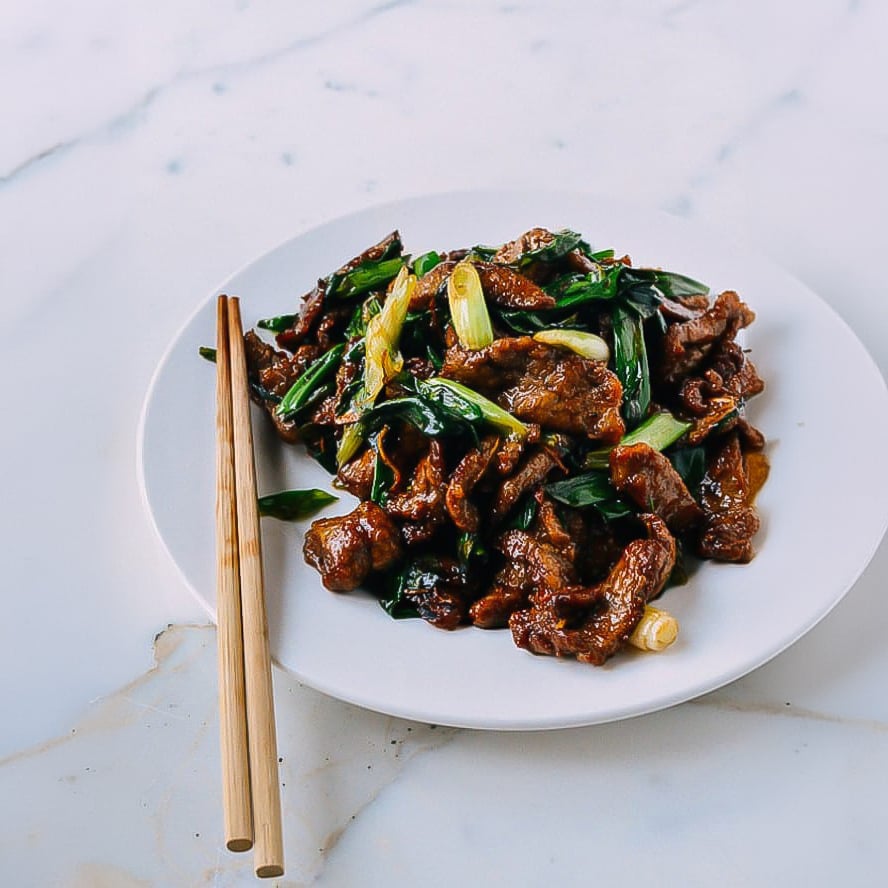
How to Make Chinese Beef and Scallion Stir Fry – Cong Bao Niu
1. Marinate the Beef:
- In a medium bowl, combine the thinly sliced flank steak with 2 teaspoons oil, 1 teaspoon soy sauce, and 1 tablespoon cornstarch. Stir to coat the beef evenly. Let the beef marinate at room temperature for 30 minutes. This allows the flavors to penetrate and tenderize the meat.
2. Prepare the Sauce:
- In a small bowl, whisk together ½ teaspoon sesame oil, 2 tablespoons soy sauce, 2 teaspoons hoisin sauce, 1 teaspoon hot water, and 1/8 teaspoon white pepper. Set aside. This sauce will coat the beef and scallions with rich umami flavors during stir-frying.
3. Coat the Beef with Cornstarch:
- After marinating, spread the beef out on a plate and sprinkle 3 tablespoons of cornstarch over it. Toss the beef lightly to coat it evenly. Shake off any excess cornstarch. This step ensures a crispy exterior when searing the beef in the wok.
4. Sear the Beef:
- Heat your wok over high heat until just smoking. Pour in ¼ cup oil and swirl it around to coat the wok. Add the beef in a single layer and sear on one side for about 30 seconds, without stirring. Flip the beef and sear for another 30 seconds. The beef should be golden brown and crispy. Transfer to a plate and set aside.
5. Stir-Fry the Ginger and Scallions:
- Turn the heat down to medium-low and discard any excess oil, leaving about 2 tablespoons in the wok. Add the finely julienned ginger and stir-fry for 15 seconds, allowing it to caramelize slightly.
- Turn the heat back up to high and add the white portions of the scallions. Stir-fry quickly and add 1 tablespoon of Shaoxing wine to deglaze the wok, scraping up any flavorful bits stuck to the bottom.
6. Add the Beef and Sauce:
- Return the seared beef to the wok along with the green portions of the scallions. Stir-fry everything together for about 30 seconds, allowing the beef and scallions to heat through.
- Pour in the prepared sauce and continue to stir-fry, ensuring the sauce coats the beef and scallions evenly. Cook for about 1-2 minutes until the sauce has reduced and clings to the beef.
7. Finish with Shaoxing Wine:
- Spread the remaining 1 tablespoon of Shaoxing wine around the perimeter of the wok. It should sizzle and evaporate immediately, adding a smoky flavor to the dish. Toss the stir-fry a few more times to coat everything evenly, then turn off the heat.
8. Serve:
- Plate the beef and scallion stir-fry immediately. Garnish with fresh scallions or sesame seeds if desired. Serve with steamed rice for a complete meal.
Recipe Notes:
- Cornstarch coating: Coating the beef with cornstarch ensures a crispy texture when seared in the wok.
- Shaoxing wine substitute: If you don’t have Shaoxing wine, dry sherry or mirin can be used as substitutes, but adjust the sweetness accordingly.
- Stir-frying tip: Make sure your wok is hot enough to develop that smoky “wok hay” flavor, which adds a delicious depth to stir-fried dishes.
Yield: Serves 2-3
Prep Time: 20 minutes (plus 30 minutes marinating)
Cook Time: 10 minutes
Cuisine: Chinese
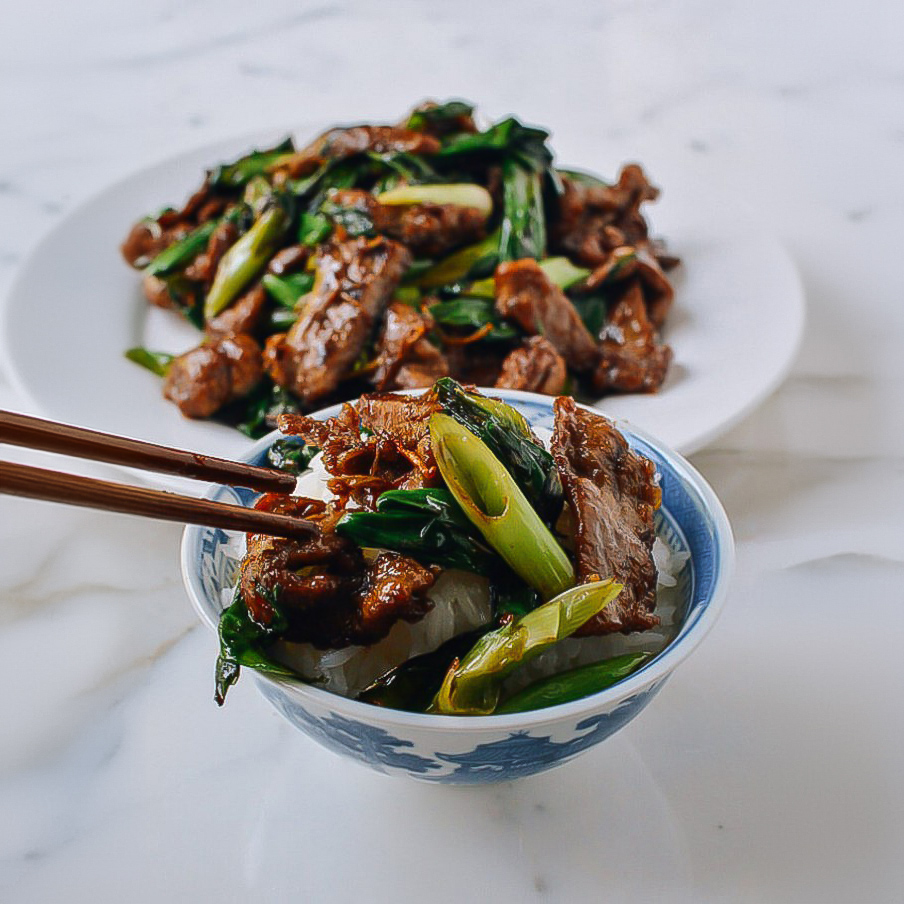

Chinese Beef and Scallion Stir Fry
- Total Time: 1 hour
- Yield: 2-3 servings 1x
Description
Spicy scallions and perfectly stir-fried beef, coated in a savory sauce, are what set this dish apart from your average takeout. Once you try making it at home, you’ll realize it’s even better than your favorite Chinese takeout.
Ingredients
For the Beef Marinade:
- 1 pound (450g) flank steak, thinly sliced against the grain
- 2 teaspoons oil (vegetable or canola)
- 1 teaspoon soy sauce
- 1 tablespoon cornstarch
For the Stir Fry:
- 1/2 teaspoon sesame oil
- 2 tablespoons soy sauce
- 2 teaspoons hoisin sauce
- 1 teaspoon hot water
- 1/8 teaspoon white pepper
- 3 tablespoons cornstarch
- 1 tablespoon fresh ginger, finely julienned
- 1/4 cup (60ml) vegetable or canola oil, for cooking
- 4–6 scallions, cut into 2-inch (5cm) lengths (about 4 cups)
- 2 tablespoons Shaoxing wine, divided
Instructions
1. Marinate the Beef:
- In a medium bowl, combine the thinly sliced flank steak with 2 teaspoons oil, 1 teaspoon soy sauce, and 1 tablespoon cornstarch. Stir to coat the beef evenly. Let the beef marinate at room temperature for 30 minutes. This allows the flavors to penetrate and tenderize the meat.
2. Prepare the Sauce:
- In a small bowl, whisk together ½ teaspoon sesame oil, 2 tablespoons soy sauce, 2 teaspoons hoisin sauce, 1 teaspoon hot water, and 1/8 teaspoon white pepper. Set aside. This sauce will coat the beef and scallions with rich umami flavors during stir-frying.
3. Coat the Beef with Cornstarch:
- After marinating, spread the beef out on a plate and sprinkle 3 tablespoons of cornstarch over it. Toss the beef lightly to coat it evenly. Shake off any excess cornstarch. This step ensures a crispy exterior when searing the beef in the wok.
4. Sear the Beef:
- Heat your wok over high heat until just smoking. Pour in ¼ cup oil and swirl it around to coat the wok. Add the beef in a single layer and sear on one side for about 30 seconds, without stirring. Flip the beef and sear for another 30 seconds. The beef should be golden brown and crispy. Transfer to a plate and set aside.
5. Stir-Fry the Ginger and Scallions:
- Turn the heat down to medium-low and discard any excess oil, leaving about 2 tablespoons in the wok. Add the finely julienned ginger and stir-fry for 15 seconds, allowing it to caramelize slightly.
- Turn the heat back up to high and add the white portions of the scallions. Stir-fry quickly and add 1 tablespoon of Shaoxing wine to deglaze the wok, scraping up any flavorful bits stuck to the bottom.
6. Add the Beef and Sauce:
- Return the seared beef to the wok along with the green portions of the scallions. Stir-fry everything together for about 30 seconds, allowing the beef and scallions to heat through.
- Pour in the prepared sauce and continue to stir-fry, ensuring the sauce coats the beef and scallions evenly. Cook for about 1-2 minutes until the sauce has reduced and clings to the beef.
7. Finish with Shaoxing Wine:
- Spread the remaining 1 tablespoon of Shaoxing wine around the perimeter of the wok. It should sizzle and evaporate immediately, adding a smoky flavor to the dish. Toss the stir-fry a few more times to coat everything evenly, then turn off the heat.
8. Serve:
- Plate the beef and scallion stir-fry immediately. Garnish with fresh scallions or sesame seeds if desired. Serve with steamed rice for a complete meal.
Notes
- Cornstarch coating: Coating the beef with cornstarch ensures a crispy texture when seared in the wok.
- Shaoxing wine substitute: If you don’t have Shaoxing wine, dry sherry or mirin can be used as substitutes, but adjust the sweetness accordingly.
- Stir-frying tip: Make sure your wok is hot enough to develop that smoky “wok hay” flavor, which adds a delicious depth to stir-fried dishes.
- Prep Time: 20 mins
- Marinating Time: 30 mins
- Cook Time: 10 mins
- Category: Main
- Method: Wok
- Cuisine: Chinese
Nutrition
- Serving Size: 200g
- Calories: 450
- Sugar: 2g
- Sodium: 920mg
- Fat: 30g
- Saturated Fat: 6g
- Unsaturated Fat: 22g
- Trans Fat: 0g
- Carbohydrates: 15g
- Fiber: 2g
- Protein: 30g
- Cholesterol: 70mg



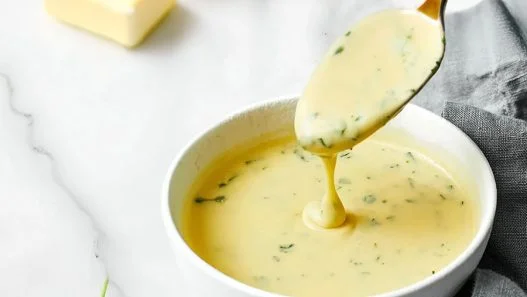







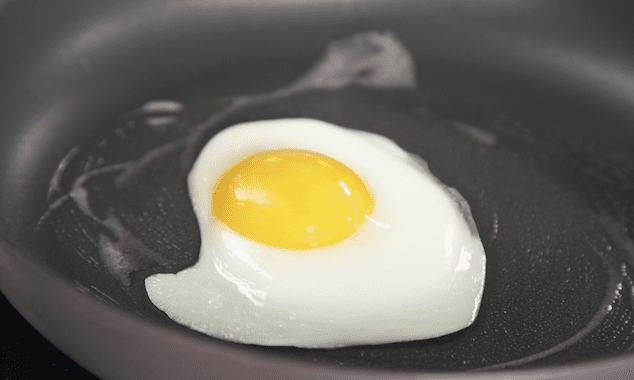
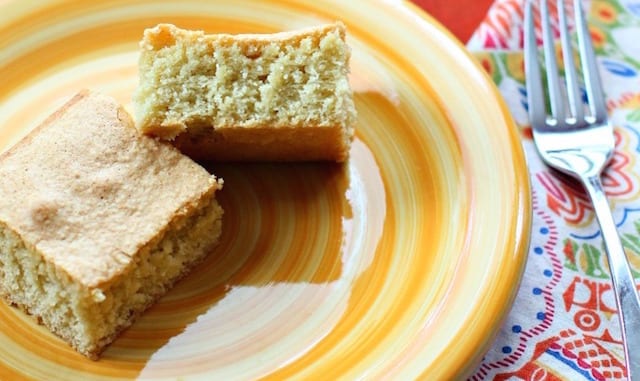
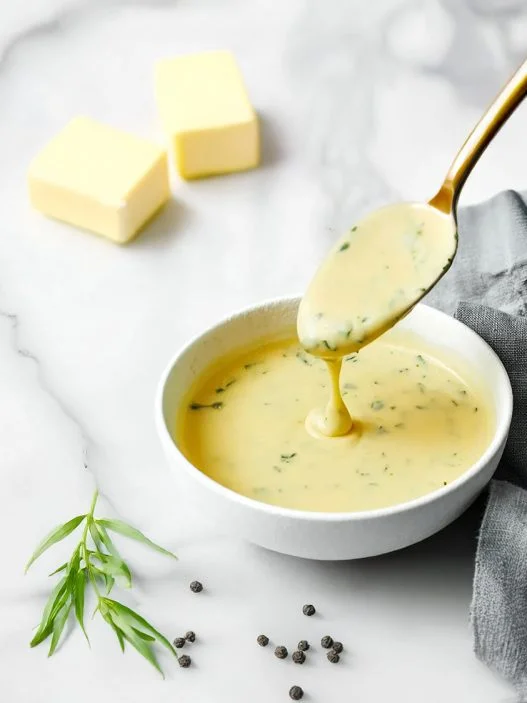


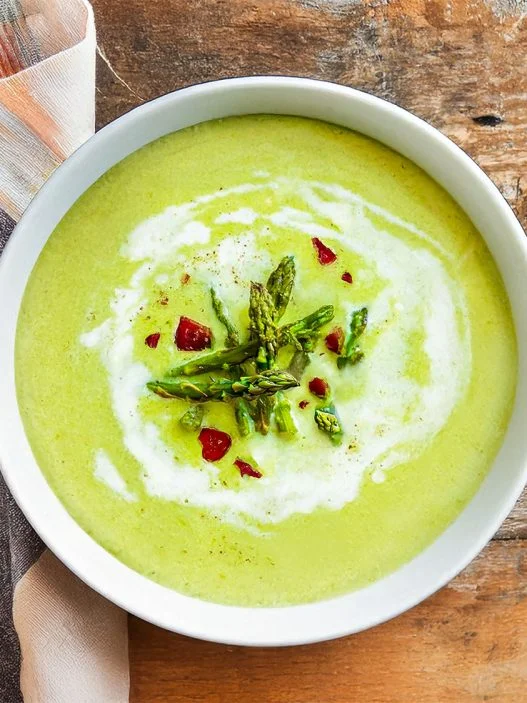

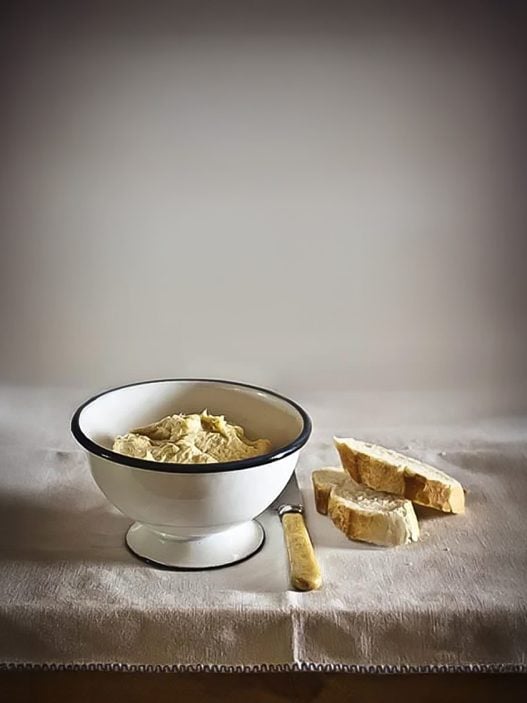




Made this last night and it was amazing! The ginger and scallions added so much flavor. Definitely going into my weekly dinner rotation.
Such a simple stir fry, but WOW, the flavors were incredible. That sauce is next-level good! Take out NO MAS!
So flavorful and quick! Perfect for a weeknight dinner. My family loved it.
Great great recipe! This was my first time using Shaoxing wine, and it added a nice depth to the dish. Can’t wait to make it again.
First time I made this the whole thing turned soggy, but the second time it was perfect. Key: super super hot wok!! Awesome recipe, taste is so delicious!